THE RIGHT SLEEPING BAG = A COMFORTABLE NIGHT'S SLEEP

You are planning an expedition and need a sleeping bag? Remember, choosing the right sleeping bag is crucial for comfortable and safe sleep during outdoor activities such as camping, climbing or trekking. Several basic factors influence the selection of the right sleeping bag: weather conditions and temperature of the expedition site, thermal category, type of insulation, size and length.
Will you be camping on summer nights or planning a winter trip to the mountains? Weather conditions in which you will use the sleeping bag are crucial. Determining your expected temperatures will help you choose a sleeping bag with the right thermal category. Choosing the right thermal category pay attention to the comfort temperature if you expect to sleep comfortably under typical conditions. Please note that the temperature ranges of most sleeping bags from reputable brands are measured according to the standard EN 13537 (age/height/weight) - this applies to both comfort and extreme temperatures. Always take into account the fact that everyone has a different perception of cold and heat. Much depends on the physical load, personal feelings of cold, and whether the person was previously physically active (sports, etc.).). Severe fatigue can also play a role in some cases. The temperature ranges of sleeping bags of reputable brands are measured according to the standard European technical standard EN13537 in independent institutes. The standard is designed to provide uniform and reliable information on the thermal properties of sleeping bags to help consumers make the right choice of product for their needs and weather conditions. EN 13537 standard contributes to the safety and comfort of customers during outdoor activities. This is an important tool for manufacturers and consumers, providing confidence in the quality and performance of sleeping bags. The four categories of the EN 13537 standard indicate the temperature range in which the sleeping bag is intended for use. Categories include comfort temperature (the minimum temperature at which the sleeping bag provides a comfortable night's sleep for the average user), limit temperature (the sleeping bag provides survival in extreme conditions), extreme temperature (the sleeping bag is able to protect the user from hypothermia) and top temperature (the maximum temperature at which the sleeping bag is still comfortable). The test methods define the exact test procedures, which include laboratory conditions and accepted measures for evaluating the thermal performance of sleeping bags. Each EN 13537-compliant sleeping bag is properly labeled, informing consumers about its temperature categories and other relevant parameters, such as filling material, weight and size. Choosing the right sleeping bag depends on your individual needs, conditions and preferences. Before buying, think carefully about where and under what conditions you will use it to ensure a comfortable night's sleep outdoors. Sometimes it is worth considering additional thermal clothing, such as a hat, thermal underwear or socks, to further enhance thermal comfort.
When buying a sleeping bag, it is also worth paying attention to type of insulation. There are two main types of insulation in sleeping bags: down and synthetic fiber. Down is lightweight and very thermally efficient, but more expensive. Synthetic insulation is cheaper and more resistant to moisture, but can be heavier. Choose the type of insulation that best suits your needs. In addition, pay attention to size and length sleeping bag. Be sure to choose one that fits your height. It is mandatory if you are a tall person to try on the sleeping bag, which will allow you to see if it is properly comfortable and fits your needs. Check if the sleeping bag has a large enough interior space for you to move freely. Some sleeping bags have additional features, such as a covered zipper, hood, interior pockets or systems for connecting to another person's sleeping bag. Consider additional features that are relevant to you and fit your needs. Also, think about the weight and packability of the sleeping bag if you plan on doing long hikes or expeditions. Lightweight and compact sleeping bag easier to take with you on the go.
Have a successful trip!
Recommended

Down Sleeping Bag With Sleeves Carinthia Survival Down 1000 (-20°C / -42°C) Olive (93590)

Sleeping Bag Defence 4 (-15/-35°C) Carinthia Olive
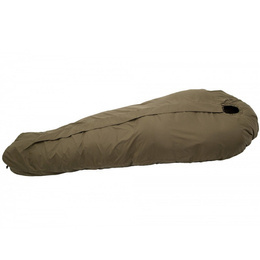
Sleeping Bag Defence 1 TOP (+3°C / -12°C) Carinthia Olive

Sleeping Bag Defence 6 (-20°C / -39°C) Carinthia Olive

Sleeping Bag Wilderness (-18°C / -38°C) Carinthia Olive
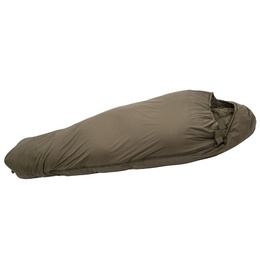
Sleeping Bag Tropen (+5°C/-12°C ) Carinthia Olive

Sleeping Bag Duvet Type Carinthia G200Q (-1,3°C / -16,9°C) Olive

Sleeping Bag Hunter Covering Carinthia Loden Ansitzsack Fell Olive

Sleeping Bag Carinthia Eagle (+10°C/-5°C ) Olive

Hammock Underquilt Carinthia HUQ 180 Olive / Black

Śpiwór Typu Kołdra The Navigator (Basecamp) (-2°C / -7°C) Snugpak Olive

Duvet-type Sleeping Bag Snugpack Nautilus (+3°C / -2°C) Olive

Śpiwór The Sleeping Bag (Basecamp) TSB (-2°C / -7°C) Snugpak Olive

Kids' Sleeping Bag Snugpack Basecamp Explorer MTP

Sleeping Bag Snugpack Sleeper Extreme (-7°C / -12°C) Olive
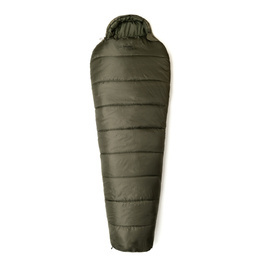
Sleeping Bag Snugpack Sleeper Expedition Olive

Śpiwór Softie Elite 2 (+2°C / -3°C) Olive

Śpiwór Softie Elite 3 (-5°C / -10°C) Snugpak Olive

Sleeping Bag Snugpack Softie Elite 5 (-15°C / -20°C) Olive

Śpiwór Softie 3 Merlin (+5°C / 0°C) Snugpak Coyote Tan

Sleeping Bag Snugpack Softie 9 Hawk Olive

Śpiwór Softie 10 Harrier (-7°C / -12°C) Snugpak Olive
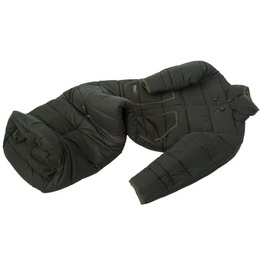
Hunting Stand Jacket & Footmuff Carinthia Ansitzsack + Fussteil Webpelz Olive
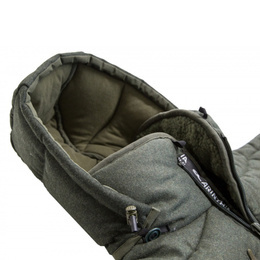
Hood Loden For Hunter Sleeping Bag Carinthia Fussteil Webpelz Olive

Sleeping Bag Brenta (-11°C / -30,5°C ) Carinthia Olive

Śpiwór Softie 12 Osprey (-10°C / -15°C) Snugpak Olive

Śpiwór Snugpack Softie 12 Osprey Czarny Nowy
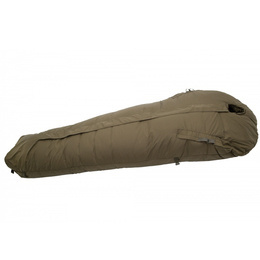
Sleeping Bag Survival One (-20°C / -35°C) Carinthia Olive (92070)
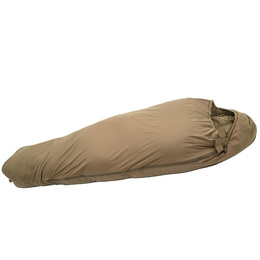
Sleeping Bag Tropen (+5°C/-12°C ) Carinthia Sand

Sleeping Bag Carinthia XP Down 1000 (-20°C / -40°C) Olive
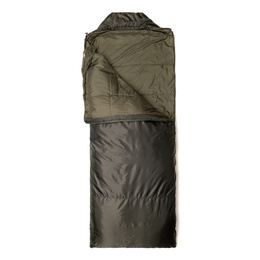
Śpiwór Snugpak Letni Jungle Bag Olive

The Sleeping Bag Snugpack Red New

Śpiwór Snugpak Tactical 3 Olive

Śpiwór Snugpak Tactical 4 Olive

Sleeping Bag Carinthia G145 (+0,9°C / -14°C) Grey / Yellow

Sleeping Bag Cover / Bivi Cover XP II Plus Carinthia Olive (92321)

Sleeping Bag Hunters Covering Carinthia Loden Hüttenschlafsack Olive

Sleeping Bag Carinthia G250 (-7,5°C / -25,7°C) Brown / Yellow
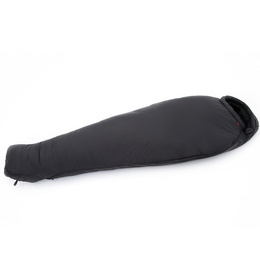
Sleeping Bag Carinthia G280 (-11°C / -30,6°C) Black

Sleeping Bag Carinthia G350 (-14°C / -35°C) Grey

Women's Sleeping Bag Carinthia G180 (-4°C / -20°C) Brown / Yellow

Sleeping Bag Snugpack Softie 3 Merlin Olive Green

Three-Season Sleeping Bag Snugpak Special Forces 2 Olive Green
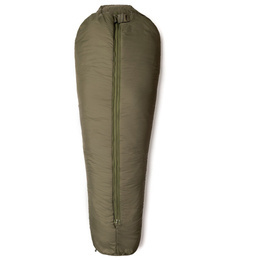
Sleeping Bag Snugpak Special Forces Complete System (-15°C / -20°C) Olive Green

Śpiwór Special Forces 1 (+5°C / 0°C) Snugpak Olive

Duvet-type Sleeping bag Snugpak Nautilus Green

Sleeping Bag Snugpack Sleeper Expedition Yellow

Kids' Sleeping Bag Snugpack Basecamp Explorer Blue

Sleeping Bag Snugpack Sleeper Extreme Black
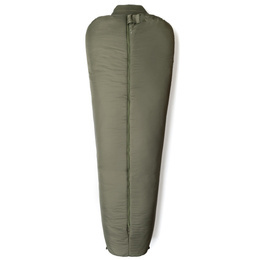
Sleeping Bag Snugpak Softie Antarctica (-20°C / -30°C) Olive Green

Sleeping Bag Snugpak Sleeper Zero DPM (-5°C /-10°C)
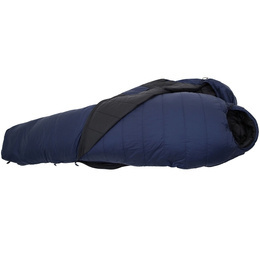
Sleeping Bag TSS System (-8°C / -15°C) Carinthia Navy Blue

Śpiwór Mumia Snugpak Travelpak 3 (-3°C / -7°C) Zielony

Śpiwór Snugpak Letni Jungle Bag Czarny

Śpiwór Snugpak Letni Jungle Bag Coyote
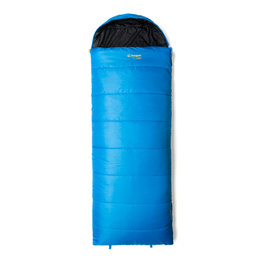
Sleeping Bag Duvet Type Snugpak The Navigator (Basecamp) (-2°C / -7°C) Blue

Sleeping Bag Softie 15 Discovery Snugpak (-15°C / -20°C) Olive
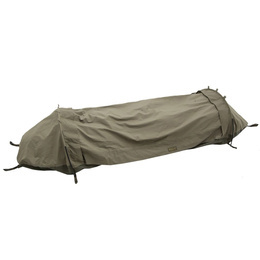
Camping Tent / Sleeping Bag Cover / Bivi Bag / Micro Tent Plus Carinthia Olive (92381)
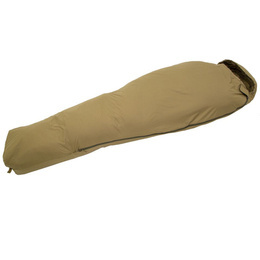
Sleeping Bag Eagle (+10°C) Carinthia Sand

Sleeper Lite Sleepig Bag (-5°C / -10°C) Snugpak Purple

Sleeping Bag Snugpack Softie Elite 4 (-10°C / -15°C) Olive

Śpiwór Snugpak Softie Expansion 2 Red / Azure (2°C /-3°C)
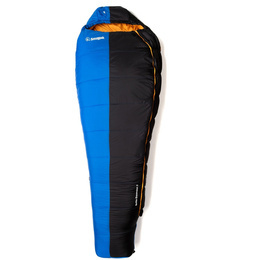
Śpiwór Snugpak Softie Expansion 3 Azure /Black (-5°C /-10°C)

Śpiwór Snugpak Softie Expansion 5 Kiwi /Black (-15°C /-20°C)

Three-Season Sleeping Bag Snugpak Special Forces 2 Desert Tan

Three-Season Sleeping Bag Snugpak Special Forces 2 (-7°C / -12°C) Multicam

Śpiwór Travelpak Traveller Snugpak (7°C / 2°C) Petrol Blue
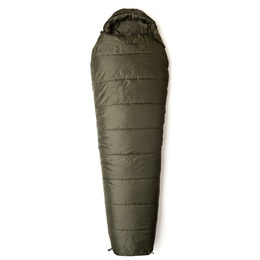
Sleeper Lite Sleeping Bag (-5°C / -10°C) Snugpak Olive

Śpiwór Travelpak 4 (-7°C / -10°C) Pebble Grey

Wkładka Jedwabna Silk Liner Mix Czarna

Sleeping Bag Softie 6 Kestrel (0°C / -5°C) Snugpak Black
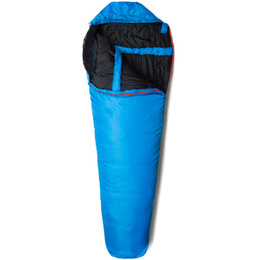
Śpiwór Travelpak 2 (2°C / -3°C) Snugpak Electric Blue

Sleeping Bag Snugpak Tactical 4 (-12°C / -17°C) Desert Tan

Sleeping Bag Snugpak Special Forces Complete System (-15°C / -20°C) Multicam

Sleeping Bag Softie 6 Kestrel (0°C / -5°C) Snugpak Desert Tan

Sleeping Bag Snugpak Softie Antarctica (-20°C / -30°C) Desert Tan
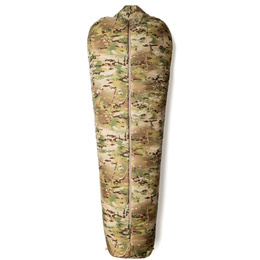
Śpiwór Softie Antarctica (-20°C / -30°C) Snugpak Multicam
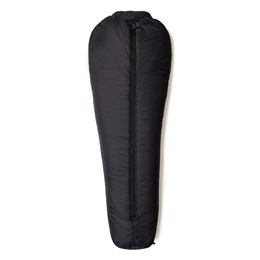
Sleeping Bag Snugpak Special Forces Complete System (-15°C / -20°C) Black

Sleeping Bag Snugpak Special Forces Complete System (-15°C / -20°C) Desert Tan

Sleeping Bag Snugpak Tactical 4 (-12°C / -17°C) Black

Three-Season Sleeping Bag Snugpak Special Forces 2 Coyote

Sleeping Bag Snugpak Softie Antarctica (-20°C / -30°C) Black

Sleeping Bag Snugpak Softie Antarctica (-20°C / -30°C) Coyote
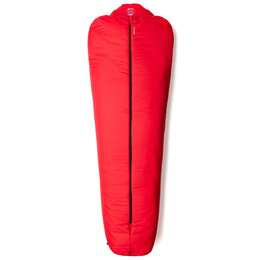
Sleeping Bag Snugpak Softie Antarctica (-20°C / -30°C) Red
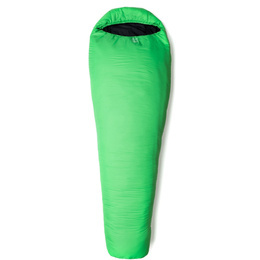
Śpiwór Softie 9 Equinox (-5°C / -10°C) Snugpak Zielony
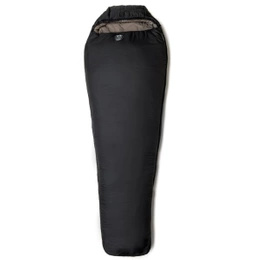
Śpiwór Softie 12 Endeavour (-10°C / -15°C) Snugpak Czarno - Szary

Sleeping Bag Softie 15 Intrepid Snugpak (-15°C / -20°C) Orange
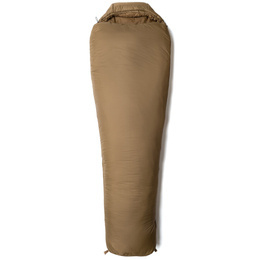
Śpiwór Snugpak Softie 12 Osprey (-10°C / -15°C) Coyote

Śpiwór Softie 15 Discovery (-15°C / -20°C) Snugpak Czarny
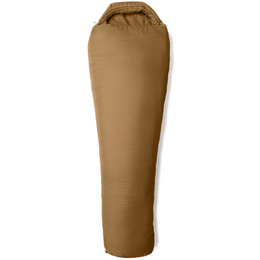
Sleeping Bag Softie 15 Discovery Snugpak (-15°C / -20°C) Desert Tan

Sleeping Bag Softie 15 Discovery Snugpak (-15°C / -20°C) Coyote

Wkładka Do Śpiwora Paratex Liner Snugpak Czarna

Śpiwór Softie Elite 1 (7°C / 2°C) Snugpak Olive

Śpiwór Softie 3 Merlin (+5°C / 0°C) Snugpak Czarny

Śpiwór Softie 3 Merlin (+5°C / 0°C) Snugpak Desert Tan
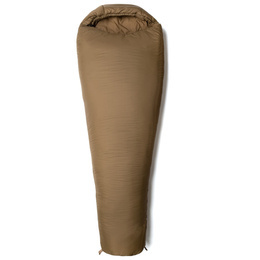
Śpiwór Softie 9 Hawk (-5°C / -10°C) Snugpak Coyote Tan

Wkładka TS1 Liner Snugpak Czarna

Wkładka TS1 Liner Snugpak Olive Green

Wkładka Polycoton Liner Snugpak Jasnoszara

Wkładka Do Śpiwora Polarowa Fleece Liner Snugpak Olive

Śpiwór Special Forces 1 (+5°C / 0°C) Snugpak Czarny

Śpiwór Special Forces 1 (+5°C / 0°C) Snugpak Desert Tan

Śpiwór Special Forces 1 (+5°C / 0°C) Snugpak Multicam

Śpiwór Tactical 2 (0°C / -5°C) Snugpak Czarny

Śpiwór Tactical 2 (0°C / -5°C) Snugpak Olive

Śpiwór Tactical 3 (-7°C / -12°C) Snugpak Czarny

Śpiwór Softie 6 Kestrel (0°C / -5°C) Snugpak Olive

Śpiwór Tactical 3 (-7°C / -12°C) Snugpak Desert Tan

Śpiwór Special Forces Complete System (-15°C / -20°C) Snugpak Coyote Tan

Śpiwór Special Forces 2 (-7°C / -12°C) Snugpak Czarny
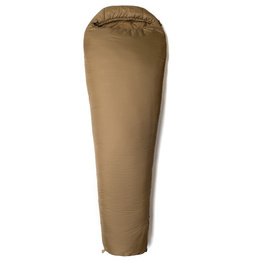
Śpiwór Softie 6 Kestrel (0°C / -5°C) Snugpak Coyote Tan
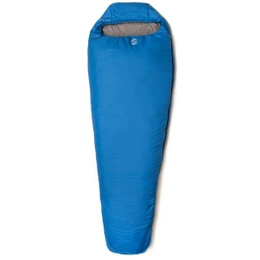
Śpiwór Softie 6 Twilight (0°C / -5°C) Snugpak Niebieski

Wkładka Do Śpiwora Polarowa Fleece Liner Snugpak Czarna

Śpiwór Softie 3 Solstice (+5°C / 0°C) Snugpak Czerwony

Wkładka Do Śpiwora Paratex Liner Snugpak Olive

Śpiwór Softie 9 Hawk (-5°C / -10°C) Czarny

Śpiwór Softie 9 Hawk (-5°C / -10°C) Snugpak Desert Tan

Śpiwór Softie 10 Harrier (-7°C / -12°C) Snugpak Czarny

Śpiwór Softie 10 Harrier (-7°C / -12°C) Snugpak Desert Tan

Śpiwór Travelpak 1 (7°C / 2°C) Snugpak Flame Red

Sleeping Bag Defence 4 (-15°C / -35°C) Carinthia Multicam

Sleeping Bag Defence 4 (-15°C / -35°C) Carinthia Multicam Black

Sleeping Bag Tropen (+5°C / -8°C) Carinthia Multicam

Sleeping Bag Cover Gore-Tex Carinthia (89710)
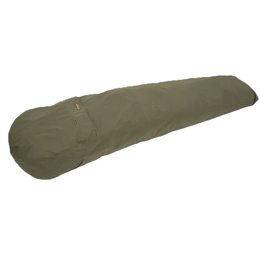
Bivy Bag Combat Gore-Tex Carinthia (93990)

Bivy Bag Expedition Cover Gore-Tex Carinthia

Inner Sleeping Bag Grizzly Carinthia Olive (90070)

Inner Sleeping Bag Grizzly Carinthia Black (ZU 95460)

Sleeping Bag Polycotton Liner Carinthia Olive

Storagebag Net CARINTHIA Black (ZU 95450)
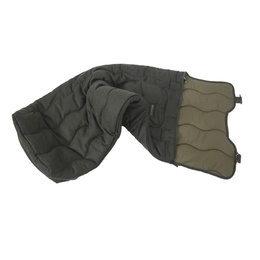
Loden Ansitzsack Standard STAND SUIT Carinthia Olive (LO 92113)

Sleeping Bag G40 Liner Carinthia (+14°C) Black

Sleeping Bag G40 Liner Carinthia (+14°C) Olive

Sleeping Bag G90 (-7,1°C / +5,7°C) Carinthia Navy Blue/ Yellow

Sleeping Bag G180 (-20°C / -4°C) Carinthia Navy Blue/ Yellow

Sleeping Bag Carinthia G490x (-21°C / -44°C) Red / Black

Sleeping Bag Carinthia XP TOP (-14°C / +0,9°C) Black
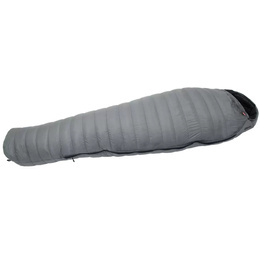
Down Sleeping Bag Carinthia D400 (-7,5°C / -25,7°C) Grey / Black

Down Sleeping Bag Carinthia D600x (-12°C) Black

Down Sleeping Bag Carinthia D1200x (-37,8°C) Black / Red



